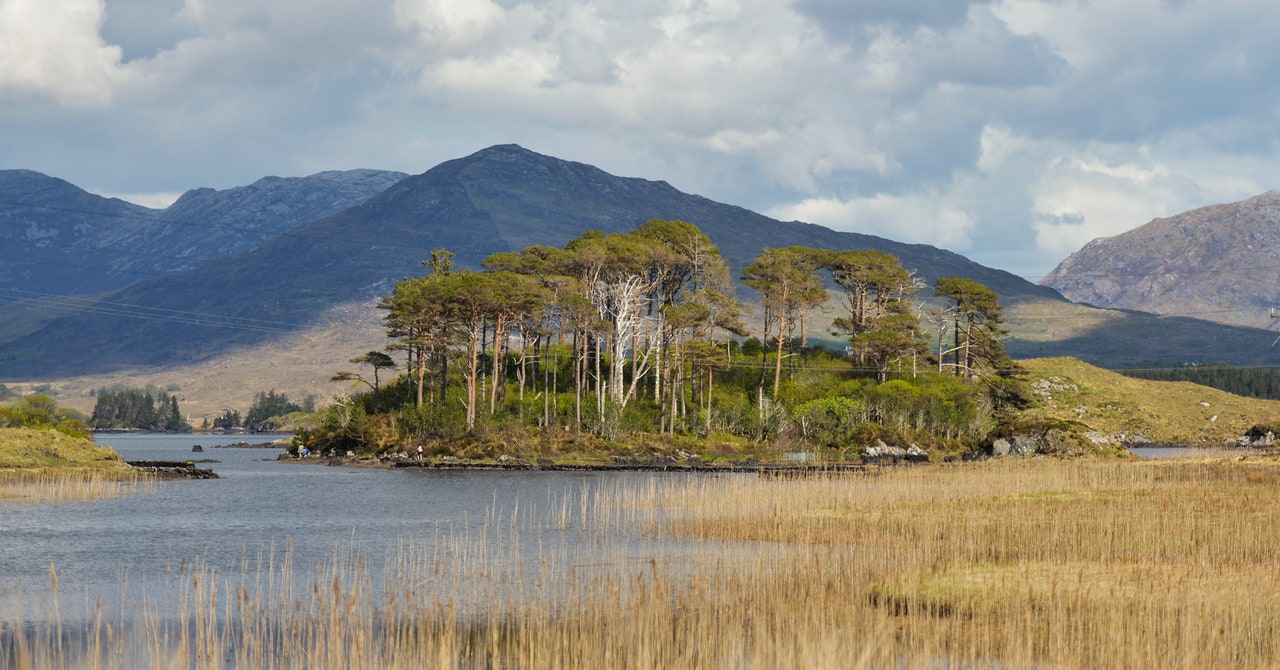
Rose identified a second problem too: Deep water is becoming less clear because of a host of factors including erosion, algal growth, and fertilizer runoff from nearby agricultural fields and residential developments. Murkier waters make plants less likely to survive, which means less photosynthesis and less oxygen down below. And that, of course, is bad news for the lakes’ creatures. “Just like humans, every complex life form on the planet depends on oxygen,” Rose says. “In water, that’s in the dissolved form.”
Each species has a unique critical oxygen threshold for survival. Deoxygenation particularly affects cold-water fish like trout, which need 7 milligrams of oxygen per liter of water, and salmon, which need 6 milligrams per liter. (Warm-water species, like bass and carp, both need 5 milligrams per liter.)
“Even when you get down to low levels of oxygen concentration requirements, there are demonstrated impacts on performance of individual organisms in the water,” says Peter Raymond, a professor of ecosystem ecology at Yale University, who peer-reviewed the paper. “They don’t perform as well. They become stressed, as you might imagine.”
The combination of low oxygen and warmer water is particularly worrisome. For example, if temperatures and oxygen levels are not in the optimal range, it can skew fish’s reproductive timing, affecting the amount they reproduce. Warming waters may also supercharge or deactivate their immune systems, which can compromise the degree to which they can fight pathogens in a climate-altered environment.
Because fish are ectotherms, meaning they regulate their body temperature based on external temperature, their metabolism speeds up in warm waters, which increases the amount of oxygen they need to survive, says James Whitney, a professor of biology at Pittsburg State University in Kansas, who was not affiliated with the study. “If it gets bad enough, they can suffocate, causing fish kills,” Whitney says.
For example, during a 2018 drought in Kansas, Whitney recalls that the water in streams was warmer, and there was less of it due to lack of rain. Fish were gulping oxygen from the surface waters, but there wasn’t enough of it to go around, and some of them died.
Deoxygenation can become a vicious cycle. When lakes go anoxic, they build up sediment on the bottom, which then releases phosphorus, which can trigger algal growth on the surface. Lakes can develop harmful algal blooms, which eat up whatever oxygen is left. Some produce toxins that kill fish, mammals, and birds; in extreme cases, they may also cause human illness and even death.
“It’s not a hypothetical that organisms are going to be impacted. It’s going to happen,” Raymond says.
While there’s no way to directly add oxygen back to lakes, he points out, there are other ways to improve ecosystem health. The biggest change has to happen on the global level: Reducing greenhouse gas emissions will stop lake waters from warming and losing solubility. But local caretaking matters too. “There is a direct climate impact here, but there is a lot that can be done at the local level to maintain high oxygen concentrations,” agrees Rose.
Rose and several other study coauthors contribute to GLEON (the Global Lake Ecological Observatory Network), a grassroots group of scientists from around the world who are focused on conserving freshwater resources. They share data in order to catch ecosystem changes early, as lakes are among the first to exhibit measurable shifts. Some of their recommendations include using data from one lake to learn about others, and assessing risk based on real-time measurements of local water temperature and dissolved oxygen levels. Planting trees as buffer zones around lakes can prevent erosion, which can increase water clarity and reduce nutrient runoff. This can be coordinated by state agencies that manage water resources or individual lake associations. The Environmental Protection Agency also recommends that residents who live near bodies of water use fertilizer according to the instructions on the label in order to prevent excess nitrogen and phosphorus from entering the lakes, inadvertently fertilizing algae blooms.
“Proactive management is needed—or is going to be needed—in the future in order to even maintain the status quo,” Rose says. And by “the future,” he doesn’t mean decades. He means in the next couple of years. “This is an ongoing issue,” he says.
More Great WIRED Stories


